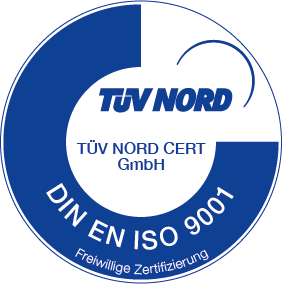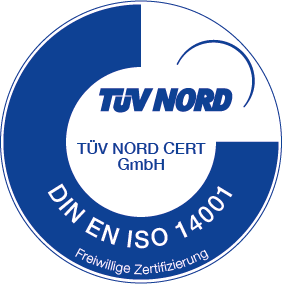Nowadays, there are various suppliers of automated test systems, each offering different advantages and disadvantages. Ultimately, the selection of a new testing system should always be designed for the specific business strategy.
The main focus is on test costs, standardization, integration and optimization of test departments or test engineers, and test profitability.
Given the cost and usual life of between 5 and 10 years of modern test equipment, the decision should be made thoughtfully. Often, however, the various options are only examined superficially or companies are already
focused on a particular provider from the outset. Also, internal development and manufacturing of automated test systems is often not the best way forward, as internal projects quickly become orphaned and the focus is placed on other,
new projects - the test systems therefore fall by the wayside and obsolete technology continues to be used.
The integration of automated test systems into production lines is essential nowadays, yet the test and inspection systems should be cost-effective and as dynamic as possible in order to be able to adapt to product changes and customer requirements.
Likewise, traceability must be provided for each tested product and process control must be able to monitor the manufactured assemblies in order to keep yields as high as possible and to detect defects at an early stage.
1) Do you need a universal test system or is a product-specific system sufficient?
Usually, you will find only universal test systems from most suppliers, which are often oversized and too cost-intensive for testing individual assemblies. PROMED develops besides such universal test systems also cost-efficient,
project- or customer-specific automated test systems,
which are on the same level as the universal test systems in terms of quality, dynamics and feature set. Such specific systems are adapted to your requirements. We are also happy to use your existing hardware or to use measurement technology
- specified by you.
2) How much throughput do you need, what is the test depth?
PROMED offers you the possibility to perform combinatorial tests in addition to specific tests: ICT, FKT and visual tests (e.g. LED, display) in one system. The majority of our systems are also used in high volume production, where both speed and dynamics, as well as reliability and first pass yield are crucial.
Automated inspection systems for continuous operation with connection to external handlers (e.g. robots, in-line equipment or similar) often have higher initial costs, but offer significant savings on personnel that would be required to operate less automated equipment. Thus, personnel costs can also be saved over a period of years while throughput
remains stable.
3) Do you want to develop test benches yourself or purchase ready-made systems?
Is the construction of test stands part of your business area? How high is your expertise and how good is your experience? PROMED has been developing sophisticated, high-quality, automated test systems for over 30 years. Draw on our expertise to focus on the important issues and thus accelerate your product launch. How long would it take to develop your own system and bring it to production readiness, how high would your investment costs be?
PROMED usually delivers a finished, product-specific testing system including adapter and testing software within 8 weeks. In addition, you can benefit from our continuous improvements and further developments, which make our systems more powerful and at the same time more cost-effective.
4) Which test stand software is used? Does this software offer all the functions you need?
Low training time, scope of delivery and adaptability are the most important features of a test sequencer today. The PROMED Test Suite is unbeatable in performance and scope of delivery in its price class. The PROMED Test Suite is based on C# in the .NET Framework. The many available, free learning resources, as well as a standardized programming language offer a low learning effort compared to the proprietary scripting and programming languages of other solutions.
The built-in support for performing measurement system analyses in procedure 1-3, as well as their automatic analysis and evaluation with report generation and the built-in numerical statistics for process control with Process Performance & Process Capability, as well as First Pass Yield analysis make the Test Suite
interesting not only for test engineers, but also for the quality department. The built-in traceability with search function links all tested assemblies with the corresponding statistics.
5) How flexible and scalable is the testing system?
In addition to the points mentioned so far, the free and simple connection of own tools and libraries also plays an important role. Engineering teams often already have ready-made tooling that has been used for testing initial samples or for development. If this tooling can be integrated into the test program without great effort, a lot of time and money can be saved.
The PROMED Test Suite offers an open source test sequence that provides this possibility. In addition to the flexibility of the test sequencer, the test bench should also be flexible and scalable. It should be possible to put new products on the test bench within a very short time. PROMED realizes this task by using exchangeable interchangeable adapters.
Thus, the basic system has to be developed only once and later only the functionalities for the new product are added. This drastically reduces the time for a product launch and ensures short delivery times.





